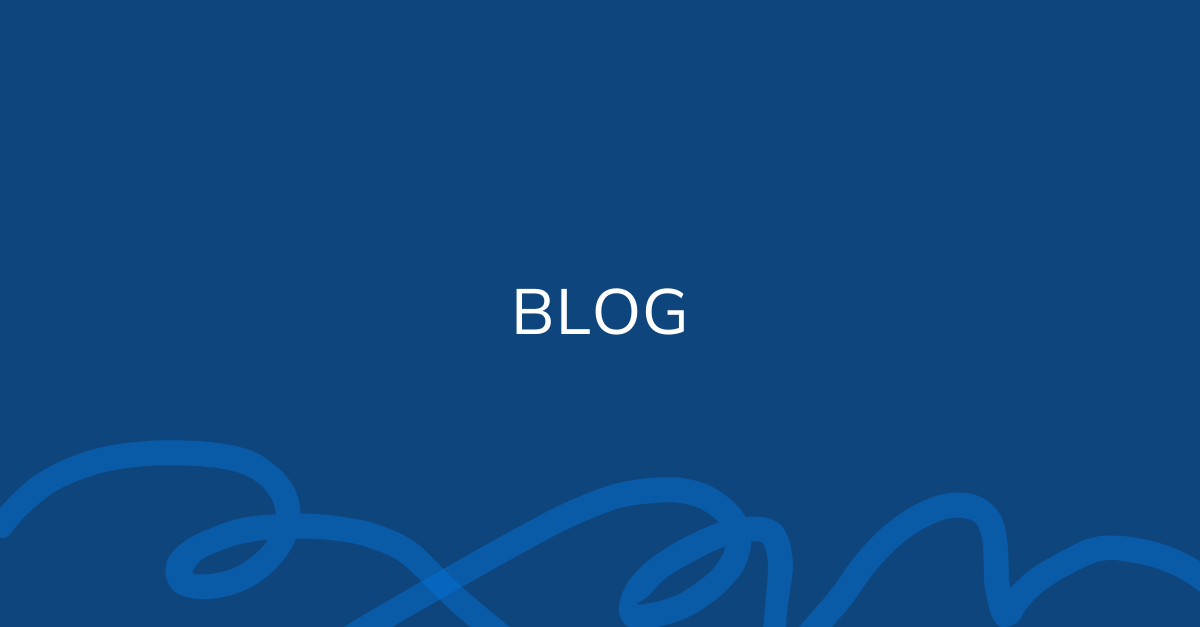
Clinicians face increasing workloads, particularly when managing fall risk assessments for elderly patients. Nursing diagnoses for fall risk are necessary to ensure patients are appropriately referred for skilled therapy, however, they are often subjective and occur once a patient already shows signs of functional decline. The process to arrive at a fall risk diagnosis is often cumbersome and leaves room for falls to occur.
OneStep transforms this process with automated tools that improve accuracy and efficiency. By providing real-time fall risk data and insights, OneStep empowers care teams to work together to diagnose risks quickly, implement effective prevention strategies, and focus on delivering quality care to elderly patients.
Time-consuming manual assessments
Traditional fall risk assessments require lengthy evaluations and documentation, consuming valuable clinician time and thus are not performed routinely.
Missed subtle mobility changes
Periodic assessments that do not incorporate objective gait analysis often miss early signs of mobility decline, delaying interventions that could prevent falls in elderly patients.
Burdensome documentation
Clinicians spend significant time on paperwork, reducing the time available for direct patient care and intervention planning.
Automated fall risk diagnoses
OneStep uses real-time motion intelligence to automate fall risk assessments, reducing the need for manual evaluations and saving time.
Instant insights to prevent falls in elderly
Clinicians receive clear, actionable fall risk data, allowing for quick decision-making and proactive intervention strategies.
Integrated Reporting Tools
OneStep streamlines documentation by integrating fall risk insights into workflows, reducing administrative burdens and improving accuracy.
Time savings on risk diagnoses
A skilled nursing facility reduced fall risk evaluation times by 40% using OneStep’s automated assessments, allowing clinicians to focus more on patient care.
Faster implementation of prevention strategies
Clinicians identified at-risk elderly patients 30% faster, enabling earlier interventions and improved fall prevention outcomes.
Improved workflow efficiency
By automating risk assessments and documentation, clinicians save an average of 30 minutes per week per clinician.
Step 1: Automate Fall Risk Assessments
Implement OneStep to replace manual fall risk diagnoses with automated, real-time mobility monitoring.
Step 2: Integrate Real-Time Insights
Use OneStep’s fall risk data to identify at-risk patients early and implement targeted prevention strategies efficiently.
Step 3: Simplify Documentation Processes
Leverage OneStep’s integrated reporting tools to streamline fall risk documentation and reduce time spent on administrative tasks.
Step 4: Track Efficiency Improvements
Monitor time savings, documentation accuracy, and fall prevention outcomes to measure improvements in clinician efficiency.
Accurate fall risk nursing diagnoses are essential for preventing falls in elderly patients, but traditional processes often burden clinicians with manual work. OneStep improves clinician efficiency by automating risk assessments, providing real-time insights, and simplifying documentation. By saving time and streamlining workflows, OneStep empowers clinicians to focus on delivering high-quality, proactive care that keeps elderly patients safe.
Want to enhance clinician efficiency and improve fall prevention? Contact us today to learn how OneStep can streamline your fall risk screens and enhance patient care.